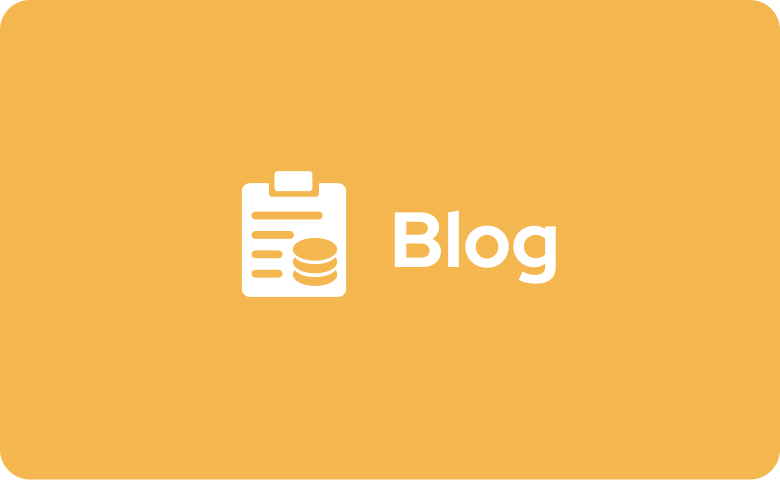What’s New








Rm 7C, No.189, Section 1, Yongfu Rd, West Central District, Tainan City.
IMPORTANT INFORMATION & DISCLAIMER
NO INVESTMENT SERVICES
The simulated trading services are provided by Sieg Evaluation Limited. All content published and distributed by SiegPath and its related entities (collectively, the "Company") is for general information only.
The Company does not provide investment advice.
The Company does not solicit or recommend the purchase or sale of any financial instruments, securities, or funds.
The Company does not act as a broker, custodian, or financial intermediary.
Participation in any of our programs is entirely voluntary, and all fees paid to the Company are strictly service fees. Program fees are not deposits, do not represent client funds, and should not be considered investments under any circumstances. These fees are non-refundable once paid, except where required by applicable laws, and they do not earn interest, returns, or profit sharing of any kind. Instead, all program fees are applied toward the Company's operational and administrative expenses, including but not limited to staffing, technology infrastructure, platform development and maintenance, software licensing, risk management systems, customer support, and other business-related costs. Payment of program fees does not create any fiduciary duty, custodial relationship, or investment arrangement between participants and the Company, and participants should understand that such fees provide access only to simulated trading evaluations and related services in a demo environment.
Nothing on this website or in our programs constitutes an offer to buy or sell futures, options, CFDs, forex, stocks, or any other financial instruments. All results displayed are based on simulated trading performance. Past simulated performance is not necessarily indicative of future results.
GENERAL RISK WARNING
Any information contained on the SiegPath website, social media, or any other third-party site in relation to SiegPath, is used at your own risk and SiegPath assumes no responsibility or liability for any use or misuse of such information. Trading in financial markets is a high-risk activity and it is advised not to risk more than one can afford to lose. Sieg Evaluation Limited does not take into consideration your personal financial situation. If you require financial advice, it is recommended that you speak to a financial adviser or licensed professional.
Corporate & Related Entities
All content published and distributed by Sieg Evaluation Limited, which is registered at Room 2005, 20/F, 248 Queen's Road East, Wan Chai, Hong Kong SAR, with company No: 77606483, and its affiliates is to be treated as general information only. None of the information provided by Sieg Evaluation Limited is intended as investment advice, an offer or solicitation of an offer to buy or sell, or a recommendation, endorsement, or sponsorship of any security, company, or fund. Bigbang Technology Co., Ltd is it's subsidiary company located in Taiwan R.O.C, registered at No.189, Section 1, Yongfu Rd, West Central District, Tainan City.





.jpeg)




